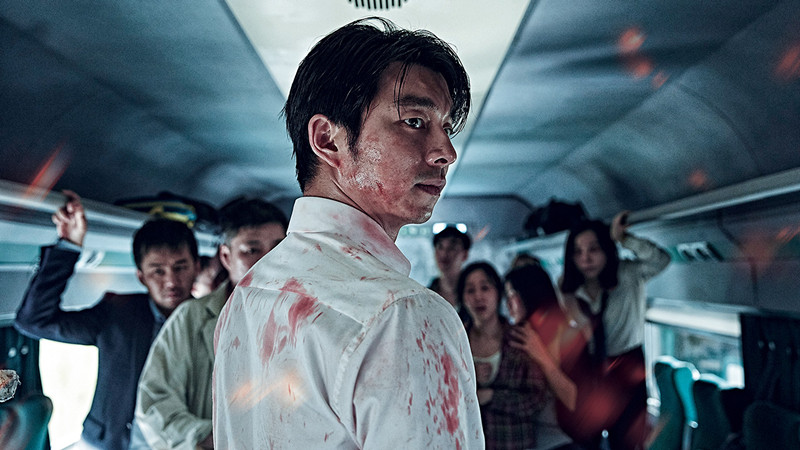
The horror genre has long been lauded as one of the most important cultural markers of any given decade. That happens because these films not only reflect universal, timeless human fears, but more pointed, epochal ones, usually talking to a younger generation about the things that scare them the most as a societal group.
That’s why the zombie subgenre was such a success after Night of the Living Dead (1968), right in the middle of the communist paranoia – it reflected the societal fear of having “enemies among us”, and also the collective apprehension about the possibility of nuclear war. That said, it’s not so hard to see why the zombie genre has made such a comeback lately, either.
Here are some more horror films of the last 5 years that reflect a very real, very threatening societal fear.
1. It Follows – Growing up
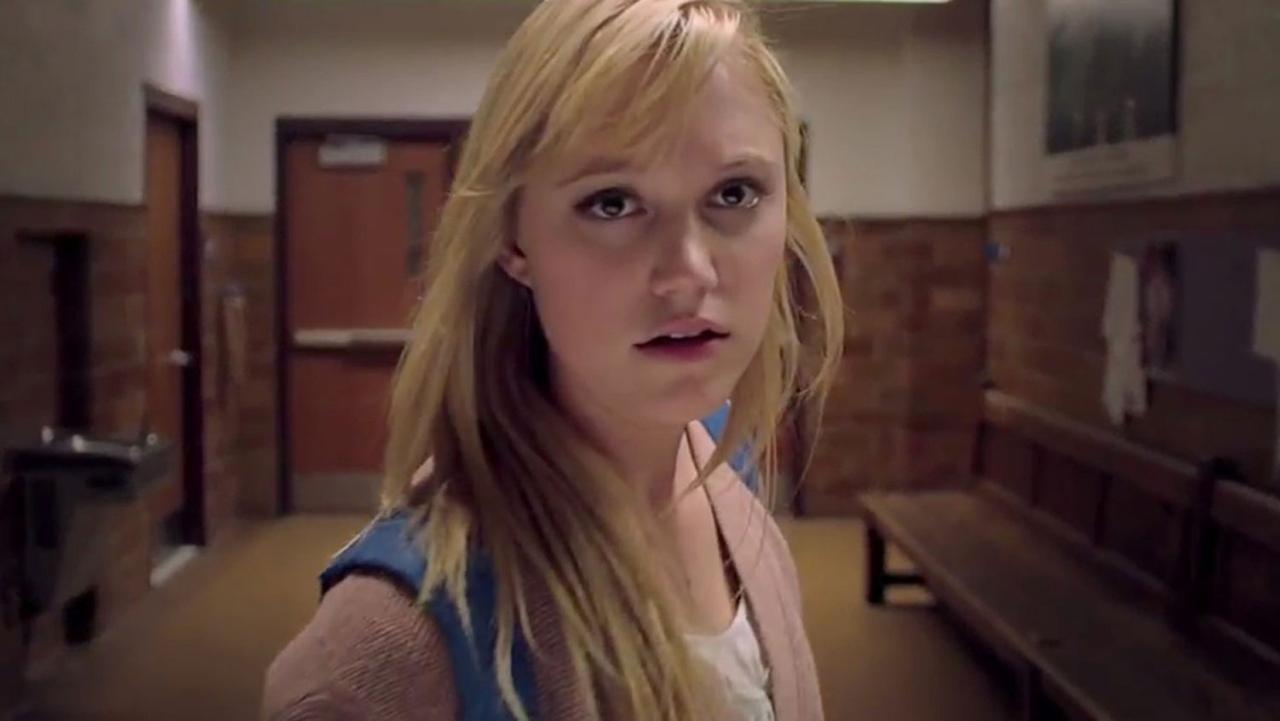
David Robert Mitchell’s sublime paranoid masterpiece was seen by some as a metaphor for sexually transmitted diseases, but it goes much deeper than that. Not unlike his previous film, The Myth of the American Sleepover, It Follows is about post-teens coming to terms with the fact that they’re becoming adults, and with that comes all sorts of realizations and fears about the world that they didn’t have to deal with before.
The titular haunting, ever-present, slow-moving and impossible to shake off, assumes shapes that represent those realizations and fears: an abused young woman, a naked man, an old sickly lady, the lead character’s absent father, or one of her closest friends. “It” is a representation of sexual violence, aging, abandonment, betrayal, and everything else about the real world that scares a sheltered generation coming to terms with themselves and who they’re supposed to be in society.
2. The Babadook – Grief
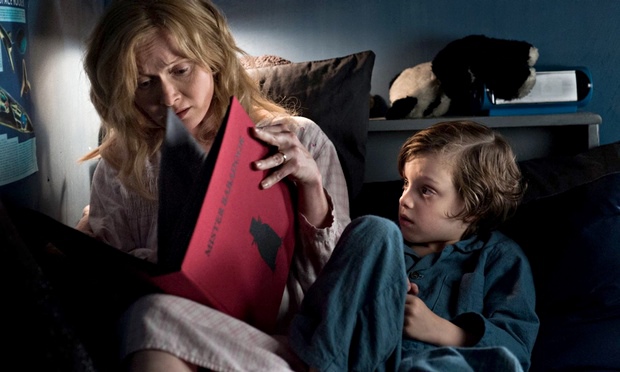
The Babadook’s hellish journey through a mother and son’s fight against the titular monster, stripped right out of a scary, supernatural children’s book, might be read as a study on parenting and how it’s not always the bed of roses it’s cracked up to be. And while the central relationship of the film is between mother and son, The Babadook is also, much more pointedly, about the effects of grief.
Especially in its unambiguous but unconventional ending, Jennifer Kent’s brilliant film deals with how we unconsciously attribute guilt to other people when someone close to us dies, and how this dark feelings and forces inside us affect the way we deal with the world and the people around us. The Babadook’s roughly shaped, cardboard cutout monster shouldn’t be scary, but what it represents is, and Kent’s direction, along with Essie Davis’ feral performance, makes sure that we’re on the edge of our seats.
3. The VVitch – Religious guilt, misogyny
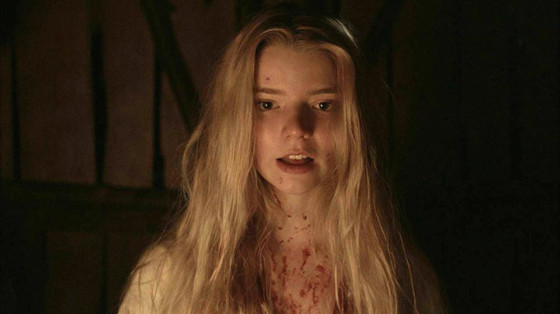
Robert Eggers’ stunning feature film debut, The VVitch, is a moody and dark horror folktale about a Christian family cast out of their community in the early 1600s, and subsequently haunted by what they believe are witches in the woods where they try to rebuild their life. Through every tortured character and performance, the film is a condemnation of religious guilt and its effects on the faithful, most pointedly on women.
The family’s ideology puts a lot of pressure and restraints on young Thomasin (Anya Taylor-Joy) and her devout mother, Katherine (Kate Dickie), and the film presents itself as an analysis on how misogyny traps and pushes women to violent lashing out. “Wouldst thou like to live deliciously?”, asks the devil himself at certain point – against the backdrop of her family’s angry, taxing religiosity, it seems like an offer you can’t refuse for Thomasin.
4. Musarañas – Political and social change
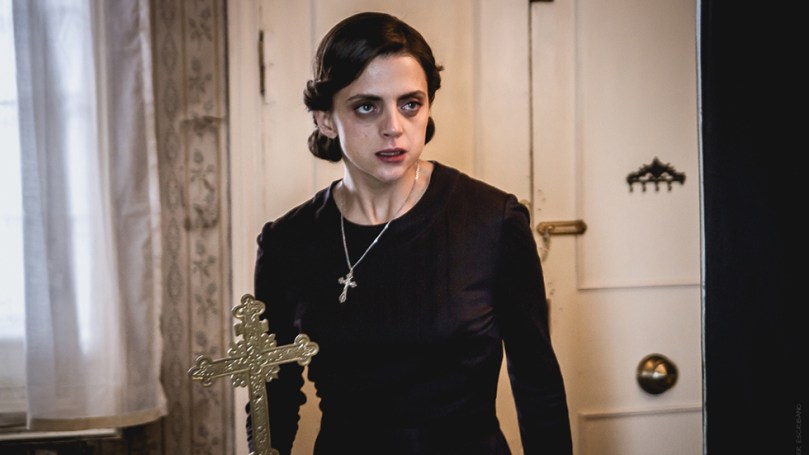
This Spanish horror film is about a woman stricken with acute agoraphobia (Macarena Gomez) taking care of her rebellious little sister and of a neighbor who just so happens to fall down the stairs and need some medical care. It’s also an acute metaphor for the political and social changes experienced by Spain since General Franco’s fall, positioning the lead character’s fear of going outside her small apartment as a microcosm of her fear of not fitting in this new world.
The lead’s unnamed little sister, played by Nadia de Santiago, represents a new generation of emboldened political voice, thoroughly and openly objecting to conventional norms of behavior, which only contributes to the previous generation’s feeling of being left behind. In Musarañas, the older sister imposes her own importance in grotesque, bloody ways, painting a terrifying portrait of social resentment gone awry.
5. Get Out – Racism

Jordan Peele’s true genius with Get Out is not that it’s a horror movie about racism, purely, but that it’s a horror movie in which the villains are not neo-Nazis, the so-called Alt-Right or another variety of white nationalist. No, the villains here are white liberals, so routinely full of themselves for abiding to the basic rules of human decency that they become myopic to the racism they’re practicing in spite of themselves.
Because this is a horror film, it’s all exaggerated in an extremely violent way, but Peele’s brilliancy as a writer/director comes from the way he grounds his film in reality and uses humor to soften the blow of its most suspension of disbelief aspects. It helps that Get Out is also one hell of a thrill-ride, of course.